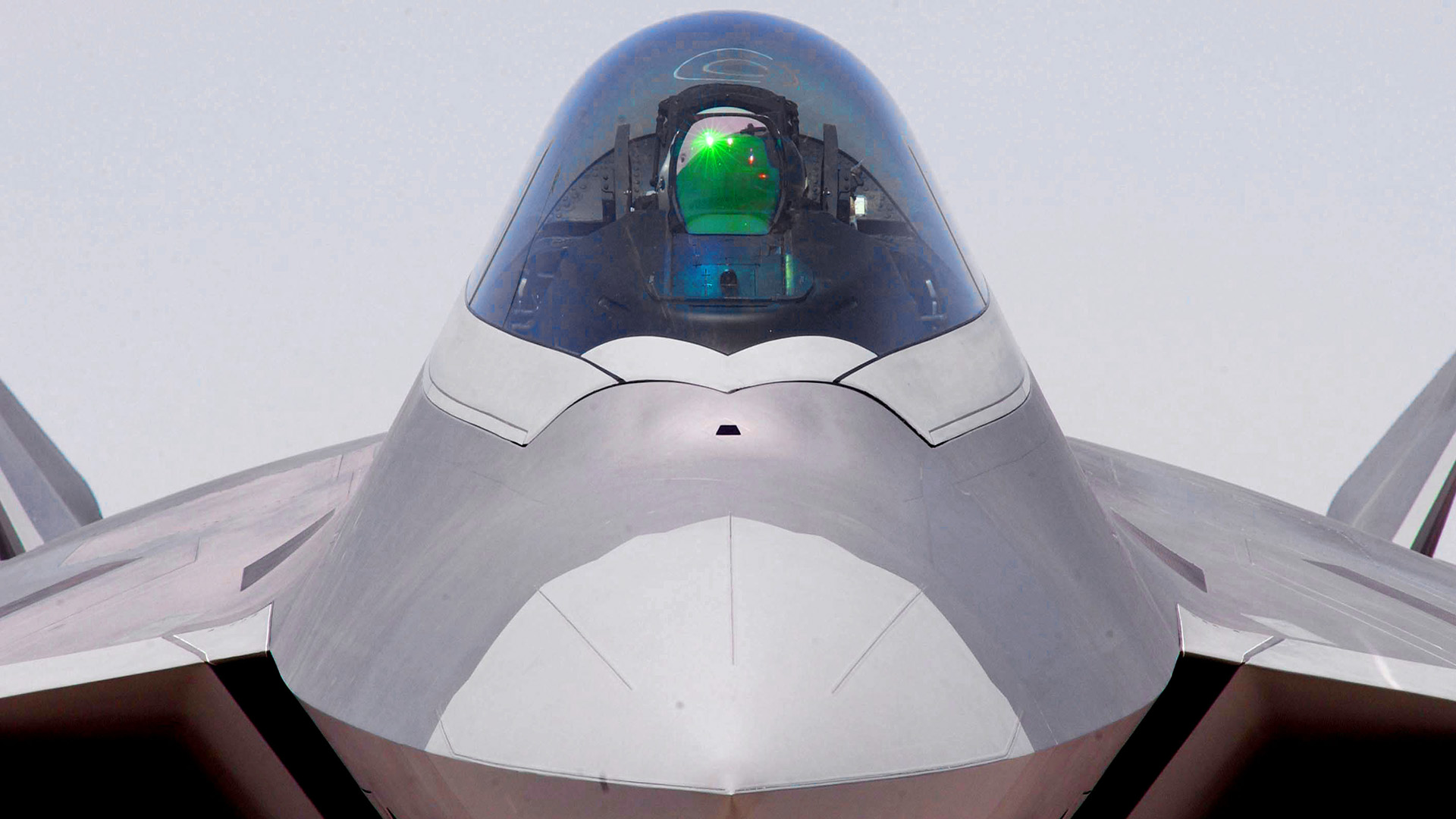U.S. Air Force F-22 Raptor stealth fighters are in line to receive distributed arrays of compact Lockheed Martin TacIRST infrared search-and-track sensors (IRST). Giving the Raptors an IRST capability, something that has been in the works for years now, will offer the jets a valuable new way to spot and track aerial threats, especially stealthy ones, and do so passively and in a way immune to electronic warfare.
Lockheed Martin, which is also the primary contractor for the F-22, provided new details about the TacIRST-based Infrared Defensive System (IRDS) for the Raptor in a press release today. TacIRST was unveiled in 2022 and its first known integration was into the noses of F-5 Advanced Tiger aggressor jets belonging to private contractor Tactical Air Support (TacAir). At least one podded configuration with multiple TacIRST sensors has been observed as part of the development of the system.
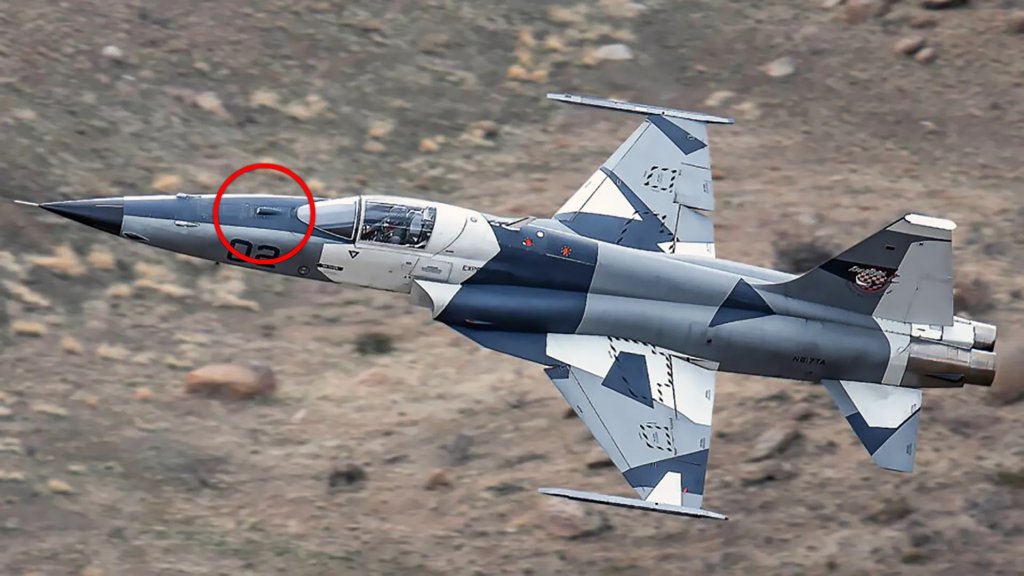

“The F-22 will soon feature a newly developed, distributed set of embedded TacIRST sensors developed by Lockheed Martin to enhance aircraft survivability and lethality, known as the Infrared Defensive System (IRDS),” according to the release. “In addition to managing integration of IRDS on the F-22, the company will also support integration on other platforms.”
How many total sensors and what other components the complete IRDS consists of are unclear. TacIRST by itself is a compact staring-type system with a fixed field of view, so a distributed array of them would be required to provide broader coverage around the F-22. Historically, both integrated and podded IRSTs have featured larger aperture sensors in gimbal mounts with flexible fields of view.
It’s also not clear how exactly IRDS will be added to the F-22. The description in the press release of IRDS being “embedded” in the Raptor would seem to point to it being directly integrated into the aircraft’s core structure. At the same time, Raptors have been seen flying with stealthy underwing pods widely understood to be part of plans to add IRST capability to the jet. Those same pods have also been seen carried by sensor testbed aircraft.
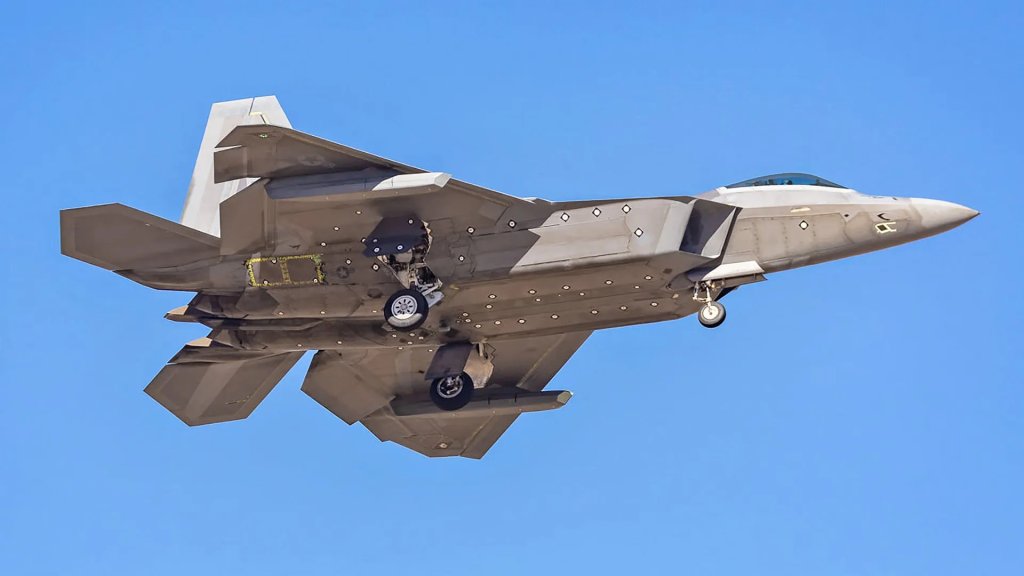
Pictures that emerged just last week, seen in the social media post below, notably showed one of the pods with a small slit aperture at the front, which would be more in line with the TacIRST sensor, instead of the larger faceted window that has been seen in the past. Pods with the larger window could accommodate a more traditional IRST sensor. The pods might be part of the complete IRDS package, or be capable of being linked to it to provide additional IRST coverage and/or other capabilities, though we don’t know if that is the case at this time. Having the embedded IRST as well as the ability to mount a larger IRST sensor in the pod under the wing could be beneficial or the trajectory of the F-22’s IRST program may have changed, with TacIRST being selected as a solution instead of a more traditional singular podded system.
Back in 2017, Ken Merchant, then Lockheed Martin Vice President for the F-22 program did tell what is now Air & Space Forces Magazine that “we really don’t have the real estate” for an integrated IRST system on the Raptor, at least one akin to the Electro-Optical Targeting System (EOTS) found on F-35s. The Joint Strike Fighters also feature a Distributed Aperture System (DAS) made up of an array of cameras around the aircraft that provide threat warning and other functionality. The F-22 does have its own AN/AAR-56 Missile Launch Detector (MLD) system that provides spherical infrared threat warning, and that could potentially be supplanted by the IRDS, with the system providing IRST and MLD functions. Getting TacIRST sensors and hardware into the apertures that exist for the F-22’s MLD system may be a challenge. If this is possible, it could provide the F-22 with an even larger situational awareness and sensor upgrade. Regardless, capabilities found on modular DAS-like setups that are less proprietary compared to one used on the F-35 have shown the ability to provide multi-functional capabilities.
TWZ has reached out to Lockheed Martin for more details about IRSD and how it will be integrated onto the F-22.
It’s also worth noting that IRSTs, in general, are typically only able to instantaneously determine a target’s angle and bearing, and track it, with it taking more effort to determine its range using just a single sensor platform. Two IRST sensors on separate aircraft that are networked together can instantly triangulate the target’s range, which can then provide more robust engagement-quality target tracks. Lockheed Martin has demonstrated this kind of networked IRST capability in combination with its Legion Pod in the past and it is a common practice for aircraft equipped with advanced IRST capabilities. The IRST21 sensor used on the Legion Pod, as well as in other podded configurations, is a more traditional gimbaled type, as you can read more about here.
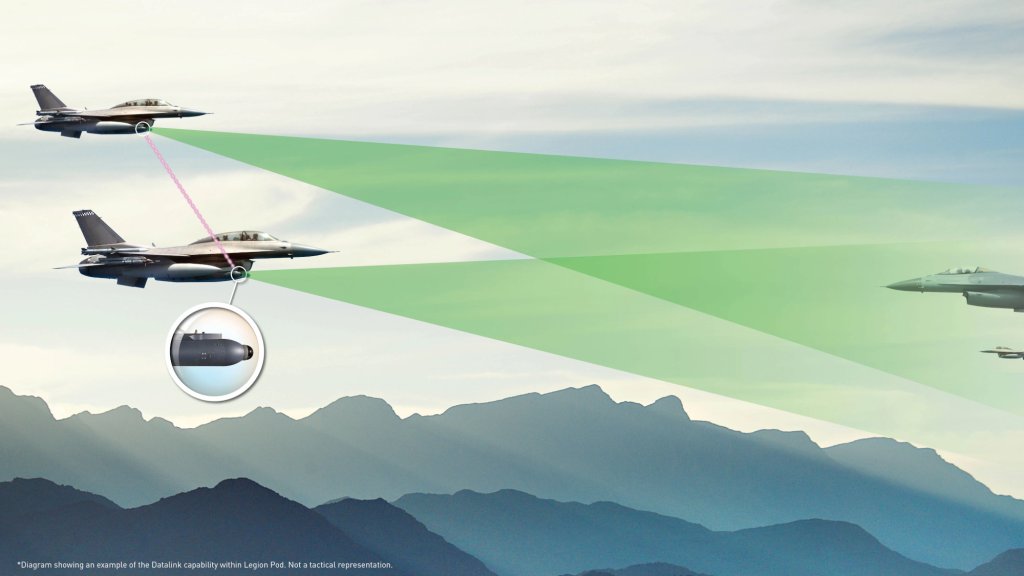
Regardless, adding IRST capability to the F-22 would be a major boon for the jets, especially amid a growing number of potential stealthy aerial opponents. IRSTs ‘see’ targets over long distances in the infrared spectrum regardless of any features intended to reduce their radar cross sections. As already noted, they also have the benefit of working passively, meaning that they do not put out signals that could alert an enemy to the fact that they have been detected and are being tracked. This makes them immune to electronic warfare, another ever-growing threat, as well.
In addition, while IRSTs then offer advantages over traditional radars, especially in environments with heavy electronic warfare activity, they can complement each other greatly. IRSTs can cue radars and vice versa, and fused data from both, as well as passive radio frequency sensors, can produce even higher-quality target tracks, as well as just provide better overall situational awareness and enhanced positive target identification.
IRSTs are in use elsewhere globally, including among potential adversaries like China and Russia, which presents its own threats. China’s recently emerged heavy stealth fighter concept, currently referred to colloquially as the J-36, appears to feature a very elaborate and potentially long-range IRST capability.
The F-22 Raptor was originally supposed to feature an integrated IRST system, but those plans were dropped ostensibly for budgetary reasons relatively deep into its development. From the information available now, the Air Force began to re-explore the idea of adding an IRST capability onto the Raptors more actively in the late 2010s-early 2020s timeframe. The service’s 2025 Fiscal Year budget request mentions active work on an “advanced Infrared Search and Track sensor” as part of a “sensor enhancement” effort for the jets since at least 2023.
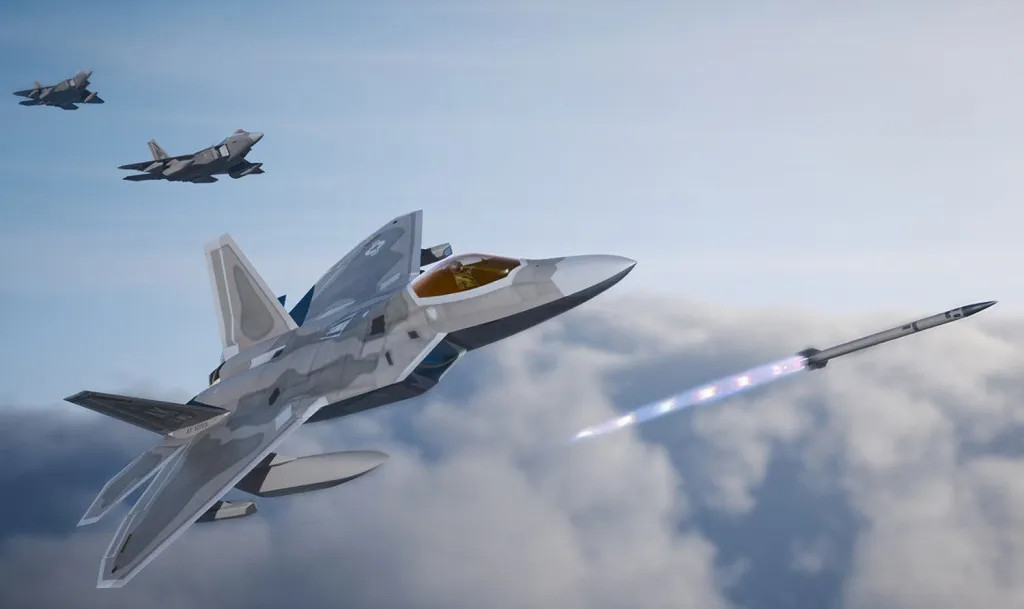
“We understand the need for advanced and versatile infrared systems like IRDS that will make pilots’ missions more survivable and lethal against current and future adversaries,” Hank Tucker, Vice President of Missions Systems at Lockheed Martin, said in a statement today. “We’re committed to supporting the Air Force through continuous innovation of capabilities to deter and defeat evolving threats.”
Broader plans to add new and improved capabilities for the F-22s, including stealthy range-extending drop tanks, now come amid significant uncertainty about the future of plans for sixth-generation stealth combat jet as part of the Air Force’s Next Generation Air Dominance (NGAD) initiative. That aircraft was originally envisioned as a successor to the Raptor, but a deep review of those requirements was initiated last year and the Trump administration now has to make a final decision about how to proceed. The service currently has no publicly announced timeline for retiring the Raptors, which remain the most capable fighters in U.S. inventory today.
Ongoing F-22 modernization efforts had also been feeding into the NGAD effort, and the reverse is true too, which you can read more about here. Lockheed Martin’s press release today about IRDS does mention the potential “integration on other platforms,” though it offers no further details.
If nothing else, the F-22 looks to getting ever-closer to getting a long-promised and increasingly critical IRST capability.
Contact the author: joe@twz.com
